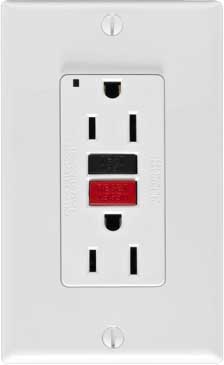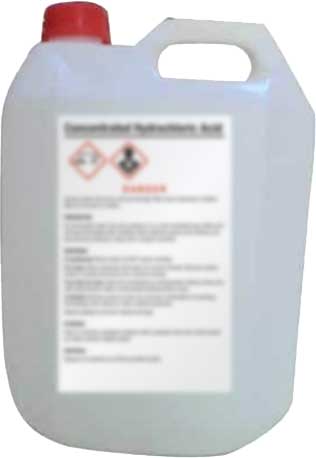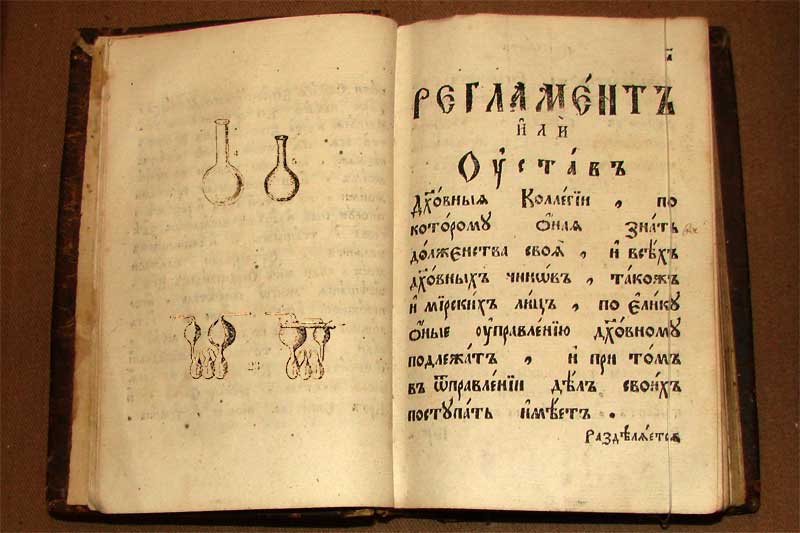Labs vary from place to place and even within the same academic institution or industry. A high school science lab has different requirements from a commercial testing lab. This variety can make it difficult to come up with a standardized set of rules.
While there is no one-size-fits-all standard set of rules that will apply perfectly to every case, the Laboratory Safety Institute's 40 Lab Safety Guidelines has been translated into 21 languages and over six million copies have been distributed throughout the world. Based on more decades of practical experience, these lab safety rules provide a tested baseline for safely working with chemicals.
They were initially written when Dr. James Kaufman worked for the Dow Chemical Company in an attempt to share with schools, colleges, and universities what he was learning about lab safety. In 1976, Dow sent copies to 2,000 colleges and university chemistry departments and received requests for 250,000 reprints.
Since then, the rules have been revised and updated and made available in a variety of languages and formats, including Braille. There is also a growing library of 1-minute whiteboard animation videos illustrating each of the rules.
A sample of two of the rules appears below along with explanation.
 #35. REQUIRE GROUNDED PLUGS ON ALL ELECTRICAL EQUIPMENT AND INSTALL GROUND FAULT INTERRUPTERS (GFI'S) WHERE APPROPRIATE.
#35. REQUIRE GROUNDED PLUGS ON ALL ELECTRICAL EQUIPMENT AND INSTALL GROUND FAULT INTERRUPTERS (GFI'S) WHERE APPROPRIATE.
The National Safety Council reports that about a thousand people are electrocuted each year in the United States. In 2005, a biology professor at Cleveland State University died as the result of an electrical shock in the lab.
OSHA specifies that all equipment in the workplace be grounded to avoid shock and possible electrocution. Removing or breaking off the ground pin is a bad and potentially fatal idea. Most people are not aware of the danger associated with ungrounded equipment. This danger is compounded when the plug is a two-prong unpolarized type. If inserted backwards, the case of the appliance can be electrically hot. We find many appliances in labs that are 50 to 120 volts hot.
This same problem can be caused by two other circumstances: (1) the electrician wires the receptacle backwards or (2) the appliance manufacturer does not follow the convention. In any of these three cases, if you near a ground, serious or fatal shocks can occur. Make sure that the ripple side of the appliance cord is connected to the wider side of the receptacle.
A ground monitor or circuit analyzer can be used to ensure that the receptacle is correctly wired. An AC sensor can tell you if the case of the appliance or device is electrically hot or not. A tension tester will indicate if the receptacle is hold on to the plug’s prongs with sufficient force to meet electrical code specifications. All three tests should be performed annually on receptacles and electrical equipment in the lab.
The use of ground fault interrupters (GFI's) can provide significant shock protection. They should be
installed in any location where the receptacle is within six feet of a ground or water is likely to be present on
the floor or surfaces. Circuit analyzers and AC sensors are available in our store.
 #36. LABEL ALL CHEMICALS TO SHOW THE NAME OF THE MATERIAL, THE NATURE AND DEGREE OF HAZARD, THE APPROPRIATE PRECAUTIONS, AND THE NAME OF THE PERSON RESPONSIBLE FOR THE CONTAINER.
#36. LABEL ALL CHEMICALS TO SHOW THE NAME OF THE MATERIAL, THE NATURE AND DEGREE OF HAZARD, THE APPROPRIATE PRECAUTIONS, AND THE NAME OF THE PERSON RESPONSIBLE FOR THE CONTAINER.
Don't leave a booby trap for another person. Make sure that all containers are appropriately labeled. OSHA's hazard communication standard and lab standards require labeling of containers. As the containers get smaller, this requires some practice and creativity to provide sufficient information. Color coding, signal words, and flag label can be helpful. Develop the habit of preparing the label and then filling the container.
Remove chemical labels from empty containers before relabeling or discarding to avoid confusion about the contents. When a new chemical is received, mark the date received, the fill level, the initials of the individual who will be the “steward” for that container, and the date opened. The steward needs to be the one who wanted to order the chemical and is now most knowledgeable about the safe use, storage and disposal of the chemical.
Request a copy of the 40 Lab Safety Guidelines here:

